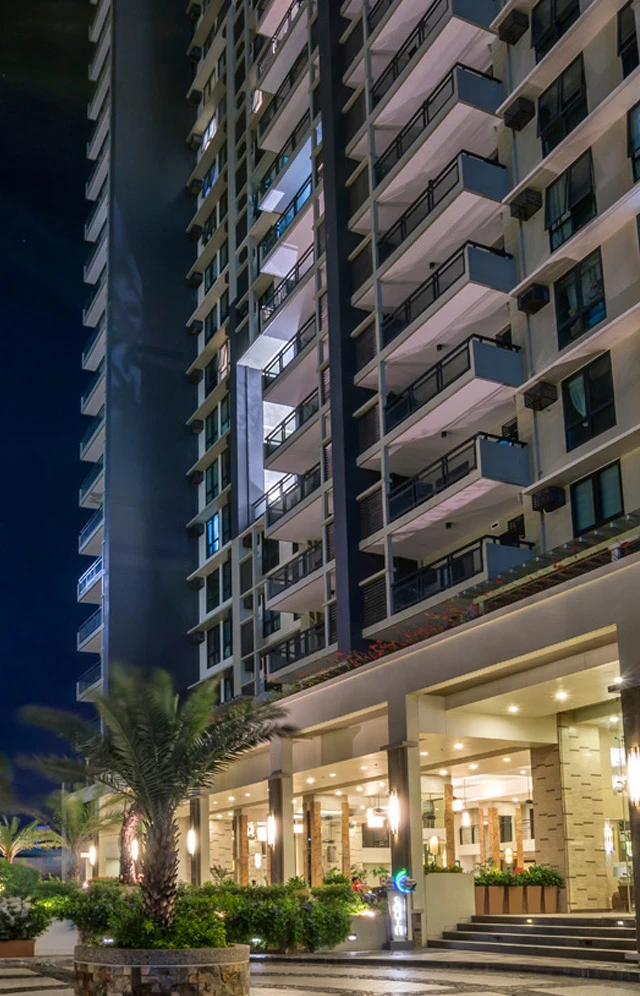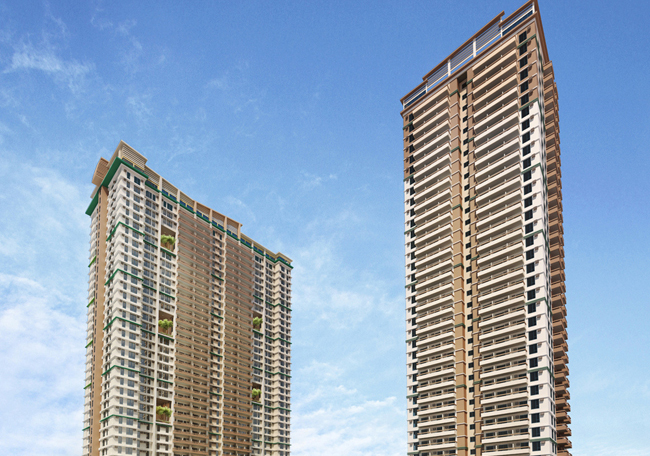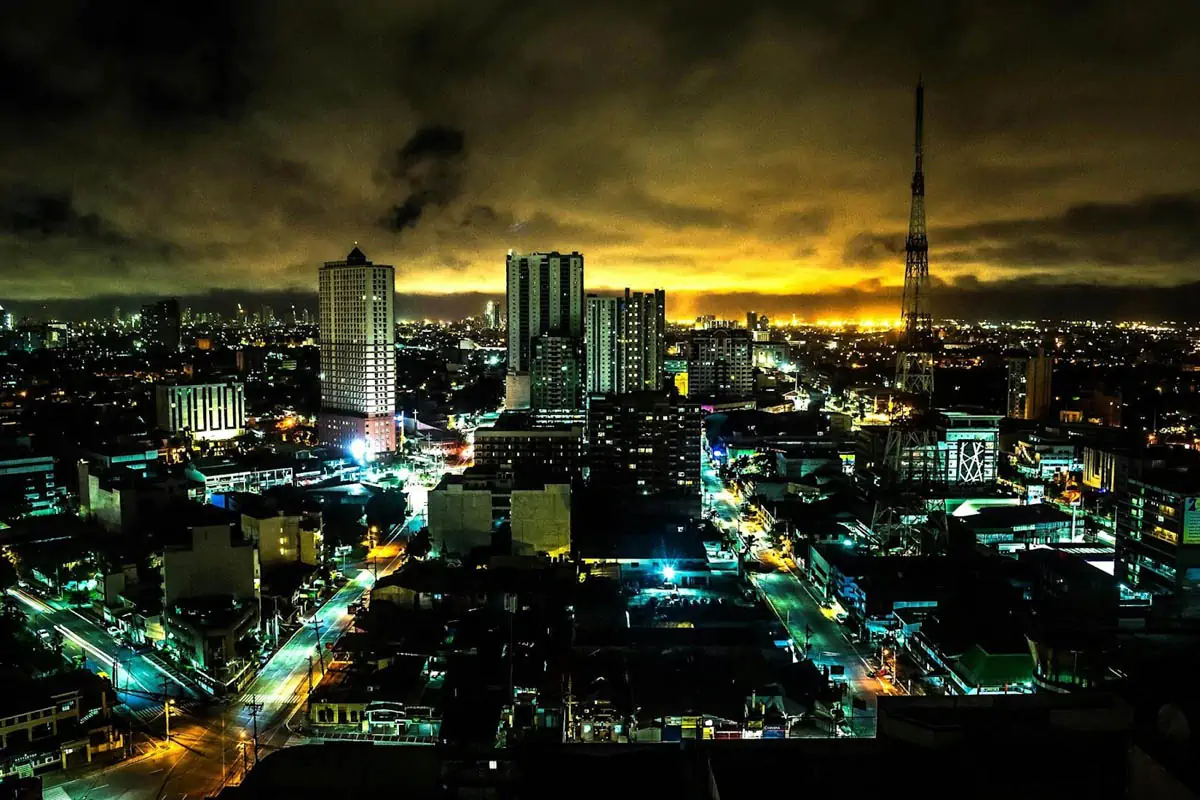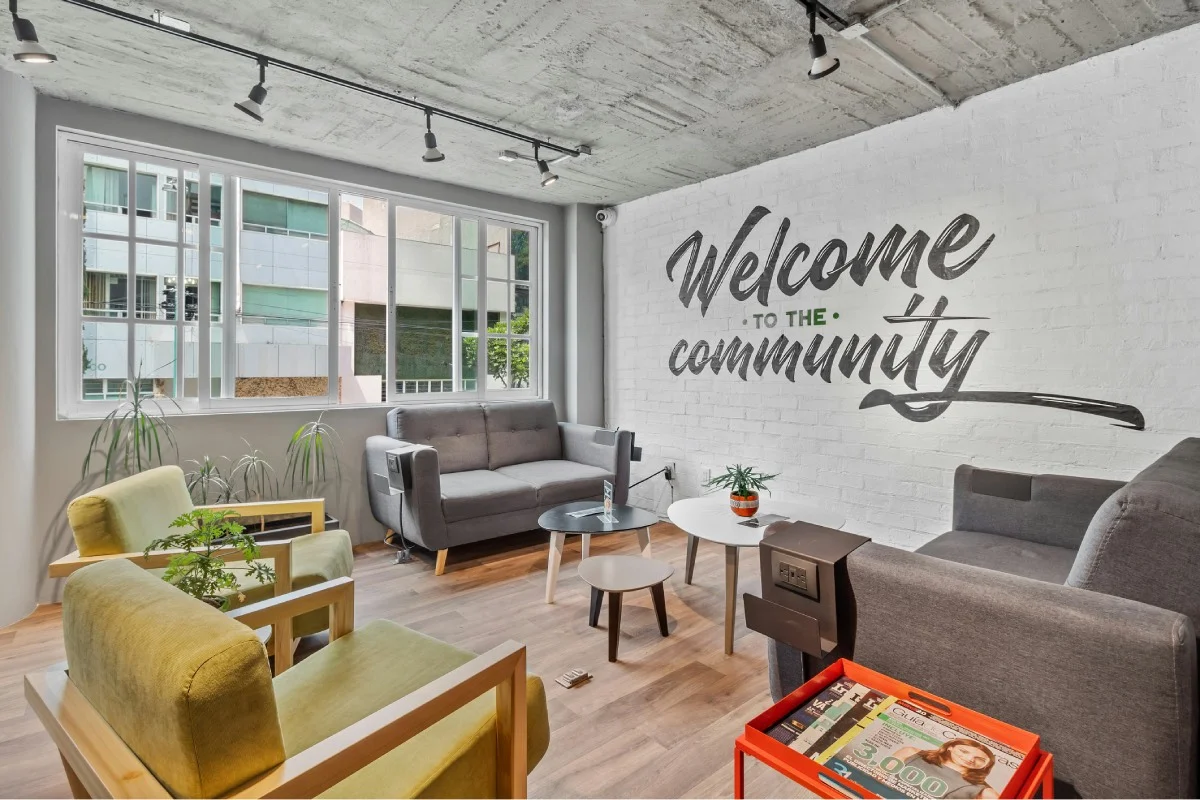That big Nepal earthquake recently gave everyone the chills. The fact that the Hollywood movie “San Andreas” was released just a few weeks after did not help either. The movie gave viewers a glimpse of what it looks like when a magnitude 9.8 earthquake hits a city like San Francisco. Can that really happen? We sure hope not, especially not if you live in the Philippine capital and experts have been giving warning about the “Big One.”
The West Valley Fault line runs north to south along the west and east edges of Marikina. In short, a movement estimated to generate a 7.2 magnitude quake can isolate Metro Manila. PHIVOLCS director Renato Solidum warned that over 100,000 residential buildings and houses may be damaged, along with bridges and other structures. The fault line is overdue and experts warn The Big One is “inevitable.” Reacting to what happened in Nepal, local government officials did earthquake preparedness drills in schools and offices. Drills everyone hopes will never be used.
First, home hunters feared an “Ondoy” flood. Now, there is also the fear of a strong earthquake. Suddenly, homeowners asked the question: is my home within the fault line? And this is not limited to owners only but renters, too. A majority of the Metro Manila population are renters. This was even boosted with the growing condo rental market in the Philippines and buyers jumping on the rent to own condo popularity. So condo residents ask: I’m on the 27th floor and a strong quake hits the city, what’s going to happen?
It is just imperative then that safety and building integrity are of primary consideration when hunting for a home to purchase or a condo for rent for short term or long term. Read on for the checklist of things to look out for when renting a condo:
Are Emergency Systems Set Up?
When looking for a safe living environment, renters should go beyond CCTV, security cameras, and patrolling guards 24/7. Be sure to inquire about contingency preparedness, too. Like DMCI’s One Castilla Place, ask if the building has 100% standby emergency power because most disasters are often followed by power interruptions. Check how accessible emergency and fire exits are and check all major access points also. Make sure that fire and smoke detection systems are working and extinguishers are easily accessible. And watch out for red flags like cracked walls.
What About Building Integrity?
Structures in the Philippines are built on code requirements although the building code does not really specify up to what earthquake intensity a building should be able to endure. So at the very least, ask an estimate as to what intensity can your potential condo building withstand. Brian Tan, who specializes in geotechnical engineering, advised renters to make sure their buildings are well-designed and constructed. While he admits that there is no such thing as an earthquake-proof building, there are earthquake-resistant ones. With safety of residents as top priority, leading property developer DMCI has started designing earthquake-resistant structures to make sure buyers and renters are getting the right value for their money. In fact, all of its high-rise developments are reviewed by top engineers and third party consultants abroad.
Is It Prone To Disasters?
Before signing that contract of lease, do a research on the building. Check the location and find out if the property falls right above the fault line and whether it is prone to floods. Building administrators and even lessors will likely deny it so it is best to ask people living near the area. It will also help to do a background check on the developer. Look for reviews you can easily spot online. It also just takes one phone call to the municipal office to find out if the building has passed all safety requirements. In this case, it is also important if you know even just a little bit about the law so you at least know what you are talking or inquiring about. To help you with the safety checklist, it is a plus if you can bring an inspector or someone knowledgeable about buildings and structures to check on your preferred unit first.
Is The Condo Ready For “The Big One?”
Going back to the question: I’m on the 27th floor and a strong quake hits the city, what’s going to happen? Inquire about the building’s disaster preparedness plan. Do they have evacuation procedures? Are there safety reminders all over the building to instruct residents what to do in cases of emergencies? Will someone actually tell you what to do? It is also important to know if building administrators perform fire or earthquake preparedness drills regularly or at least distribute manuals about disaster preparedness.
Is Taller Really Safer?
Taller builders are usually considered safer than low-rise ones. High-rise condo residents are obviously hanging on to this principle. Well, they have several scientific reasons, too. Modern high-rises are designed to withstand lateral loads from the wind and other seismic motions. Also, tall building technology continues to advance. Stronger framing and bracing systems are now the standard to isolate buildings from ground motion or dampen the effects of shaking. The building may sway and but in a non-violent way. So, provided you avoid the falling cabinet in your condo, you are probably safer to stay on the 27th floor than join the panicky crowd, aside from the risk of your head being hit by falling debris.
You can never be too prepared for disasters such as a magnitude 7 earthquake. When it strikes, no matter how ready you are for it, a part of you will still dread everything about it. It is comforting to know, however, that your building will likely survive it. There is comfort in knowing that building administrators have a plan and they are on top of everything. There is comfort in knowing that the hard-earned money you are using to pay rent or mortgage will not be reduced to rubble just like dilapidated and old buildings.










